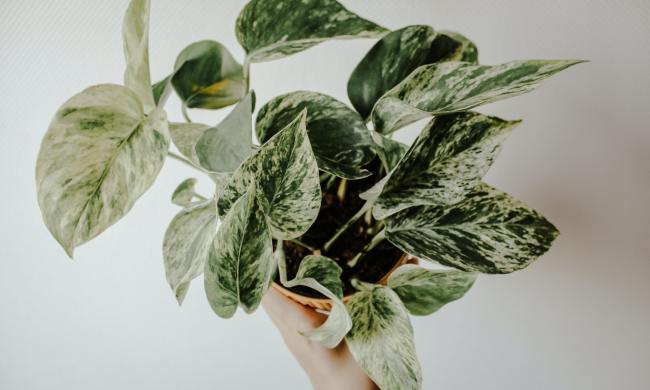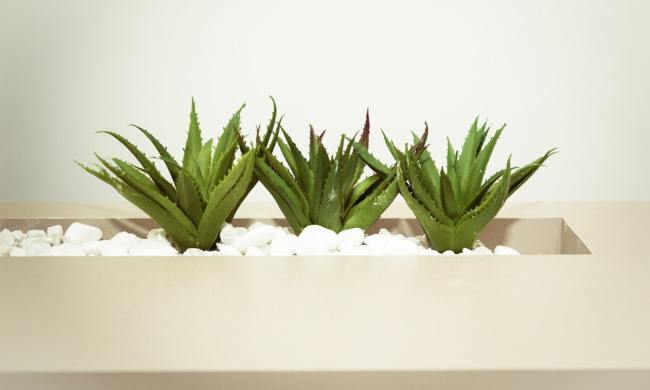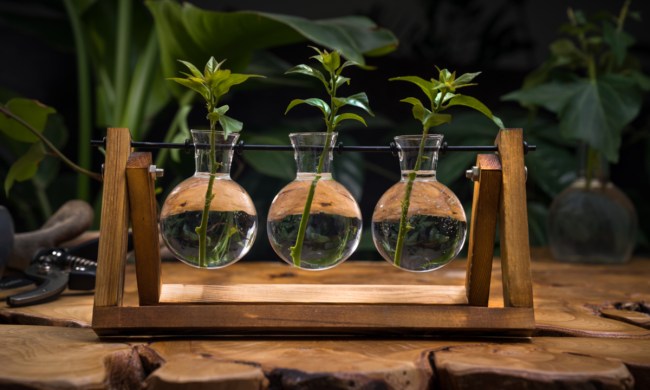From the most northern part of Alaska, down to the southern tip of Florida, gardeners across the United States can find veggies, herbs, and flowers they can grow and enjoy in their specific zones. Let’s go through each zone and see which plants growers can enjoy in each.
What are Plant Hardiness Zones?
When a plant says it’s hardy to X-zone, that refers to how well that plant will grow in a specific zone. This is determined by the zone’s extreme temperatures on both the cold and hot end of the spectrum. While it’s true that most plants that are hardy to zone 3 will grow well in zones 4 to 13 as well, that’s not always the case. For example, it will be hard to produce a big head of cabbage in tropical zones. Cabbage prefers cooler temperatures, and plants like parsnips even taste better when hit with a mild frost. Many seed packets and department store tags will inform you of the zones the plant will thrive in, which makes it easy as long as you know which zone you are in.
Plant Hardiness Zones aren’t simply determined by where in the country you are. Zones are based on several factors, including:
- altitude
- the average number of sunny days
- average rainfall
- average soil texture
- average temperature
- biome
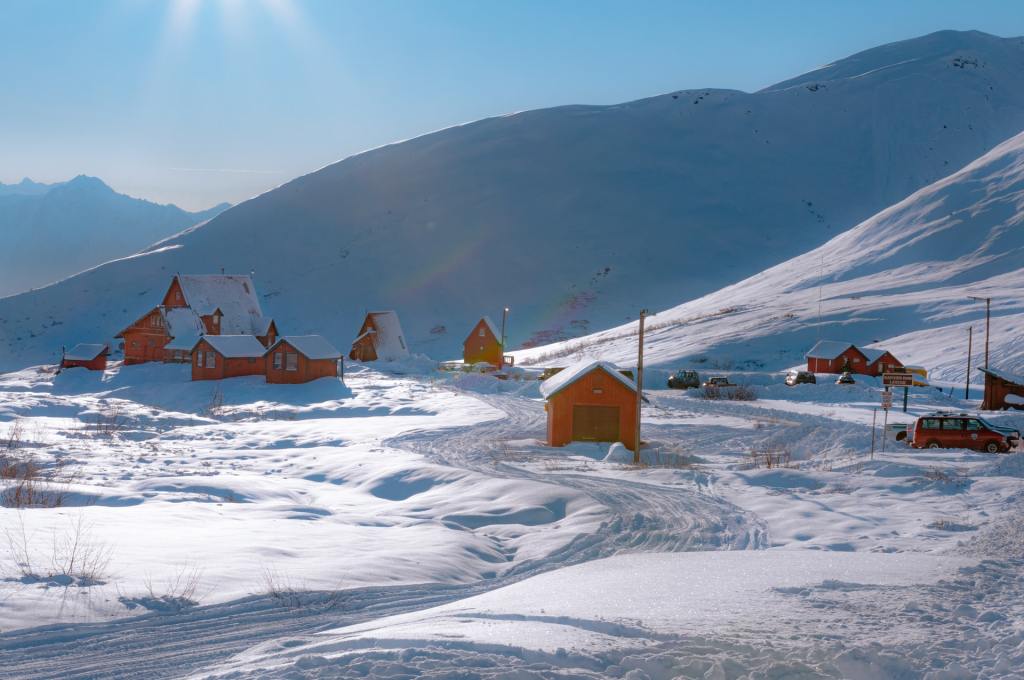
Facts about Zone 1
Zone 1 is the coldest and most challenging gardening zone in the country. The lowest average temperatures in Zone 1 are negative 60 to negative 50. This zone is mainly in Alaska, and many gardeners will turn to greenhouses or grow only cold-hardy plants such as cabbages, broccoli, potatoes, radishes, apples, chokecherry, basil, mint, chives, thyme, and surprisingly some varieties of sunflowers, yarrow, goldenrod, and lily of the valley.
Facts about Zone 2
Also located primarily in Alaska, Zone 2 reaches negative 50 to negative 40 degrees in the coldest months. High winds, droughts, and freezing temperatures make it hard for gardeners to grow in these tundra conditions, but don’t lose all hope. There are plenty of cold-hardy plants that could survive and maybe even thrive if they’re well taken care of. Plants like carrots, onions, parsnips, apples, plums, hyssop, juniper, poppy, and violet are excellent plants to grow in this frigid climate.
Facts about Zone 3
Zone 3 reaches further into the continental United States and touches Alaska, Montana, Wyoming, North Dakota, Minnesota, Wisconsin, New York, Maine, and a tiny portion of Vermont and Colorado. The lowest temperatures are negative 40 to negative 30 degrees in the winter, and the harsh winds and low moisture make it challenging to grow in this zone. However, it’s much easier than the last two! Gardeners can enjoy plants like asparagus, cucumbers, cherries, pears, apricots, caraway, garlic, peppermint, aster, spurge, and Virginia bluebells.
Facts about Zone 4
Zone 4 covers most northern states, including Alaska, Montana, Nebraska, North and South Dakota, Ohio, Vermont, and Maine. Growers here can grow eggplants, melons, plums, apples, pears, lemon balm, thyme, coneflower, iris, and hastas.
Facts about Zone 5
Zone 5 mostly touches Colorado, Nebraska, Iowa, Illinois, and Wisconsin, but it also creeps into the coast of Alaska and parts of New England. Extreme cold temperatures here range between negative 20 and negative 10 degrees. While it’s much warmer than zones 1 through 4, Zone 5 still has a short growing season which can be extended by starting seeds indoors and using tools such as greenhouses. In this zone, plants you can enjoy are kale, spinach, pears, apples, mint, lavender, baptisia, and black-eyed Susans.
Facts about Zone 6
This might be the widest-reaching zone in the whole United States. Many gardeners refer to this zone as a thick vein running through the country. The zone reaches from Massachusetts and follows a “U” curve through to Washington state. Zone 6 has mild winters reaching negative 10 to zero degrees with mild to hot summers. You won’t find a shortage of things you can grow, including beans, lettuce, tomatoes, melons, Jefferson trees, coriander, dill, oregano, sunflowers, lady’s mantle, and sedum.
Facts about Zone 7
Zone 7 primarily covers New Mexico, Texas, Oklahoma, Arkansas, Alabama, and Tennessee. It has cool winters that never dip below zero and hot, humid summers. Growers enjoy arugula, hot peppers, sweet peppers, turnips, cherries, bananas, apples, apricots, pears, figs, marjoram, sage, clematis, peony, and painted daisies.
Facts about Zone 8
You can enjoy a long growing season in Zone 8, with winter temps around 10 to 20 degrees and hot summers. This zone touches North and South Carolina, Georgia, Alabama, Mississippi, Louisiana, and Texas. Some parts even touch into coastal Oregon. Enjoy plants such as field peas, hot peppers, okra, watermelon, bananas, figs, apples, grapefruit, Mexican oregano, sage, geranium, and phlox.
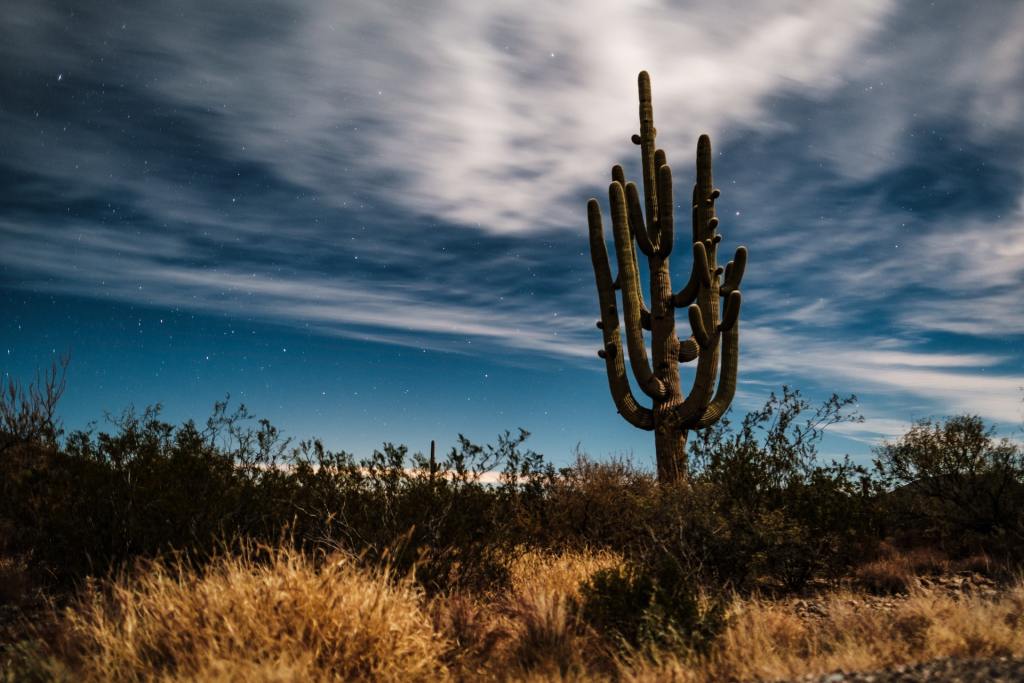
Facts about Zone 9
In Zone 9, you can pretty much plant all year round. Here the winters are warm and the summers are hot. The zone includes states like Florida, Texas, Arizona, and California. Grow and enjoy plants like broccoli, avocado, hardy kiwi, starfruit, oranges, basil, chives, mint, dahlia, zinnias, and wisteria.
Facts about Zone 10
Not much of the country is touched by this warm zone, but southern California, southern Florida, and Hawaii are included. The lowest winter temps are 30 and 40 degrees, and the hot summer temperatures hurt gardeners the most. However, they can grow bitter melons, peanuts, tomatillos, apple guava, papaya, plums, curry leaf, Mexican tarragon, agave, African lily, and floss flower.
Facts about Zone 11
Only a few small areas of the continental United States are zone 11 –– mostly Hawaii, the Florida Keys, and Puerto Rico. Winter temperatures average 40 to 50 degrees. The hot summers are what growers have to look out for. Using their warm winters, gardeners can enjoy beets, cabbage, kale, Swiss chard, mangos, sea grape, plum, basil, chives, lemongrass, mint, begonias, ponytail palm, and kangaroo paw.
Facts about Zone 12 and 13
These zones are lumped together and can’t be found in the continental United States, but only in Hawaii and Puerto Rico. Winters average 50 and 70 degrees, and the scorching heat of summer limits growers. However, using the warm winters to their advantage, growers can plant beans, eggplant, tomatoes, apricots, black pepper, java olives, cilantro, sage, rosemary, and heliconia.
With the help of this list, you can find something you can grow in your zone, no matter if it’s the blistering heat of zone 13 or the glacial temperatures of zone 1.
